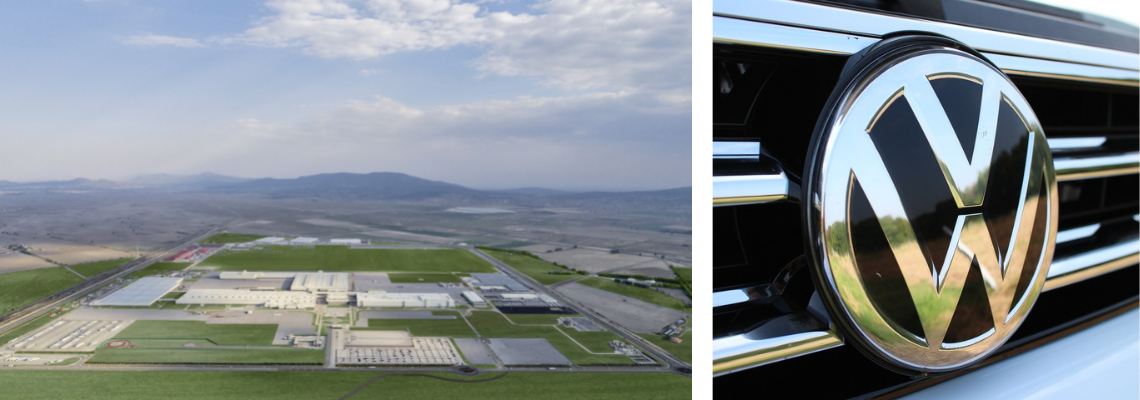VW taps the brakes on water use as part of circular plans
Car giant VW lays out its circular plans, including recirculation of cooling water, after reducing the amount of water used per vehicle.
Becoming more water efficient
Automotive manufacturing giant Volkswagen Group (VW) has reduced the amount of water used per vehicle through water recycling and more efficient manufacturing processes.
Between 2010 and 2021, the organisation reduced the quantity of fresh water used per vehicle by over 11 per cent.
However, it said that its supply chain (obtaining and processing raw materials) “is responsible for the greater part of our water use” and that it “cannot influence these aspects directly”.
Despite the aftereffects of the 2015 emissions scandal and market pressure from electric car growth from companies such as Tesla, in 2021 alone, VW produced around 8.3 million vehicles.
Across its global operations, the company used 41.77 million cubic meters of water in 2020, which dropped to 39.69 million cubic meters in 2021.
Out of all the freshwater used by VW, 49.3% (around 15.8 million cubic metres) is used by sites located in “risk zones”, potentially experiencing water shortages.
Moving to closed-loop circulation
The car giant has defined the circular economy as one of its core focus topics moving forward as part of the NEW AUTO Group strategy.
“One important driver of the circular economy is the ongoing decarbonisation of the Volkswagen Group,” the company said in its circular economy report.
“The growing use of secondary materials and the establishment of closed loops of materials help to significantly reduce our CO2 emissions.”
The company plans to increase its efforts to use material loops in its production processes. This includes closed-loop circulation or recirculation of cooling and process water to considerably reduce water.
As part of its “goTozero” concept, VW’s water strategy focuses on:
- Reduction of freshwater consumption and efficiency in water use, particularly in water stress areas
- Minimisation of pollution and no worsening of the environmental and chemical status in the receiving waters (waters into which the treated wastewater is introduced)
- Increased soil and groundwater protection when using water-polluting substances.
Going wastewater free in Mexico
The company cited its Audi site in San José Chiapa, Mexico, as an excellent example of a "waste-water-free site” due to closed-loop circulation.
A new water treatment process enables the site to collect, treat and recirculate 100 per cent of the wastewater produced at the site. This enables Audi to save around 100,000 cubic metres of water per year.
“We are pursuing the vision of producing cars at all our sites completely CO2 neutral and free of wastewater,” Peter Kössler, board of management member for production and logistics at AUDI AG, previously said.
In 2021, VW achieved an A rating for the CDP Water Disclosure Project.
Related content
- Could water put the brakes on Tesla expansion?
- The blue footprint of green transport
- CDP reveals water A-listers, but we should avoid “a rating game”
Loading component...
We promise never to send you spam and you can unsubscribe at any time!
